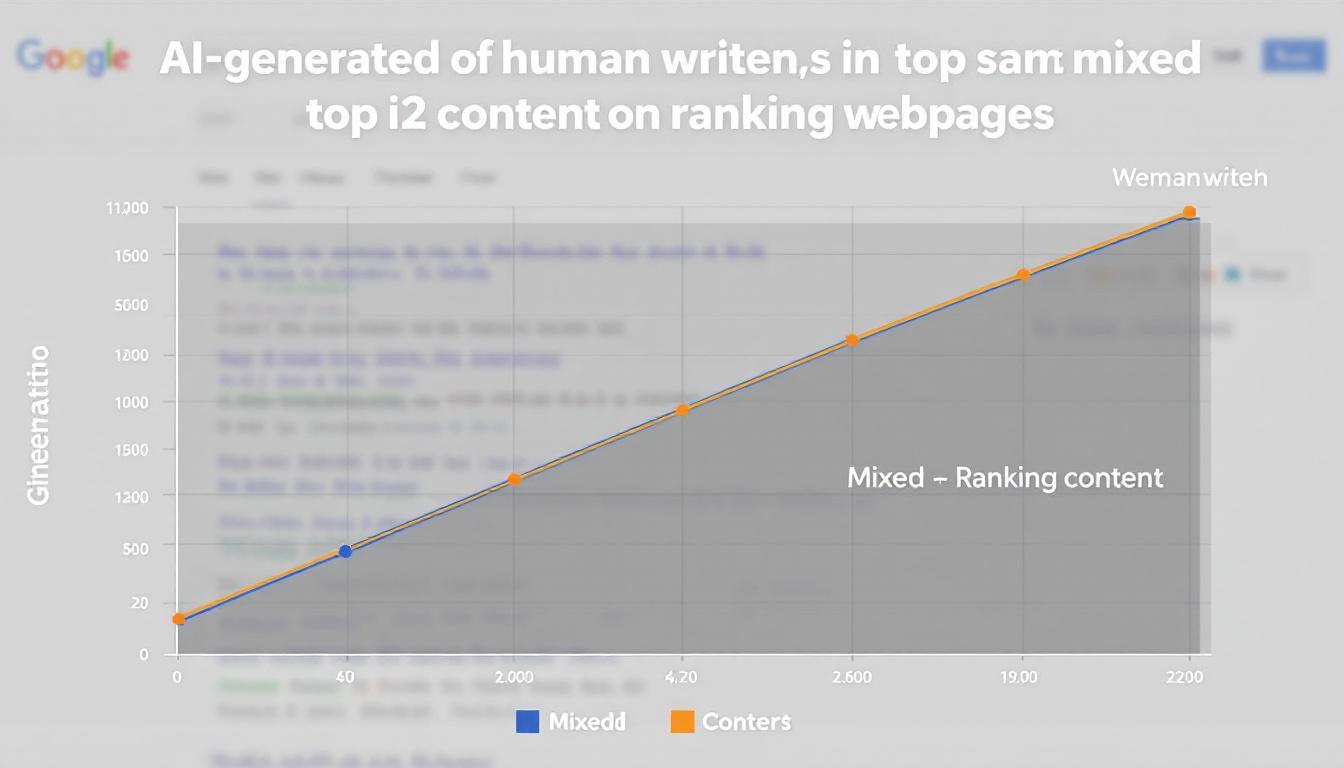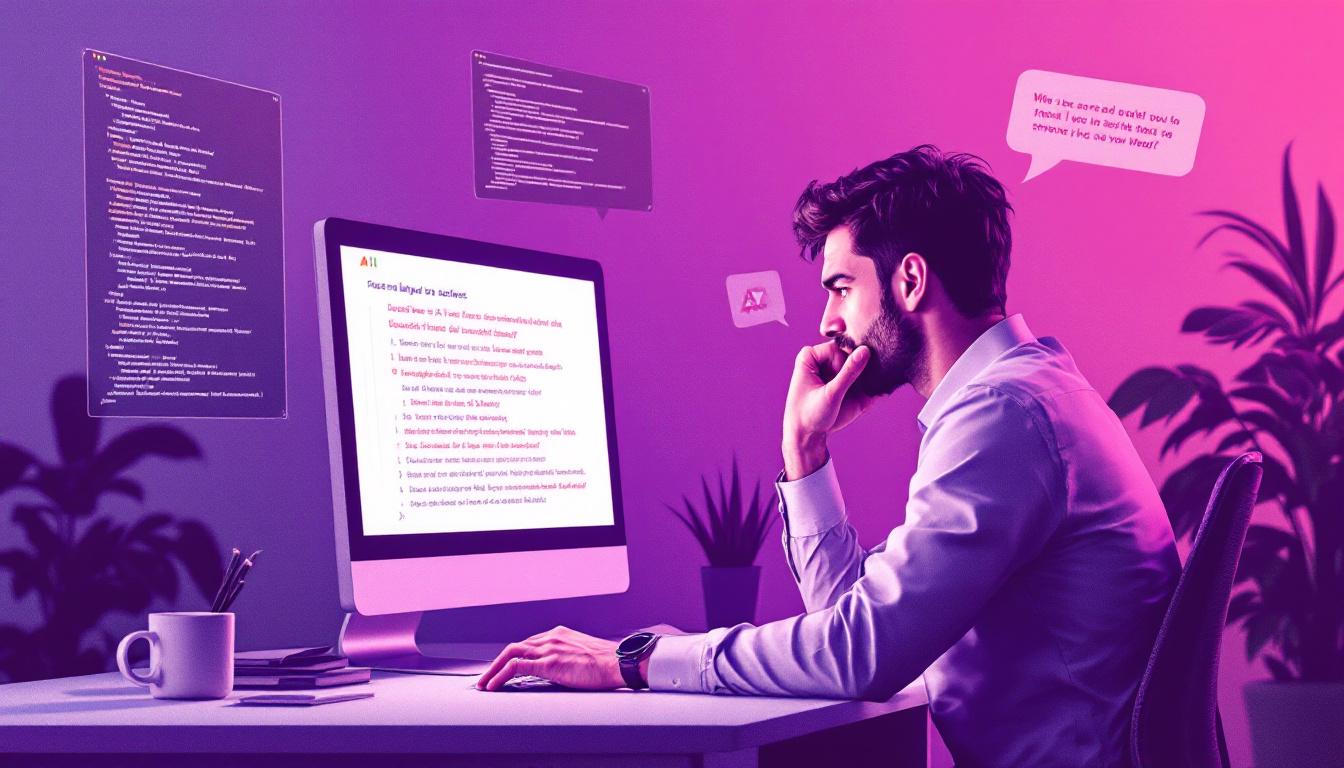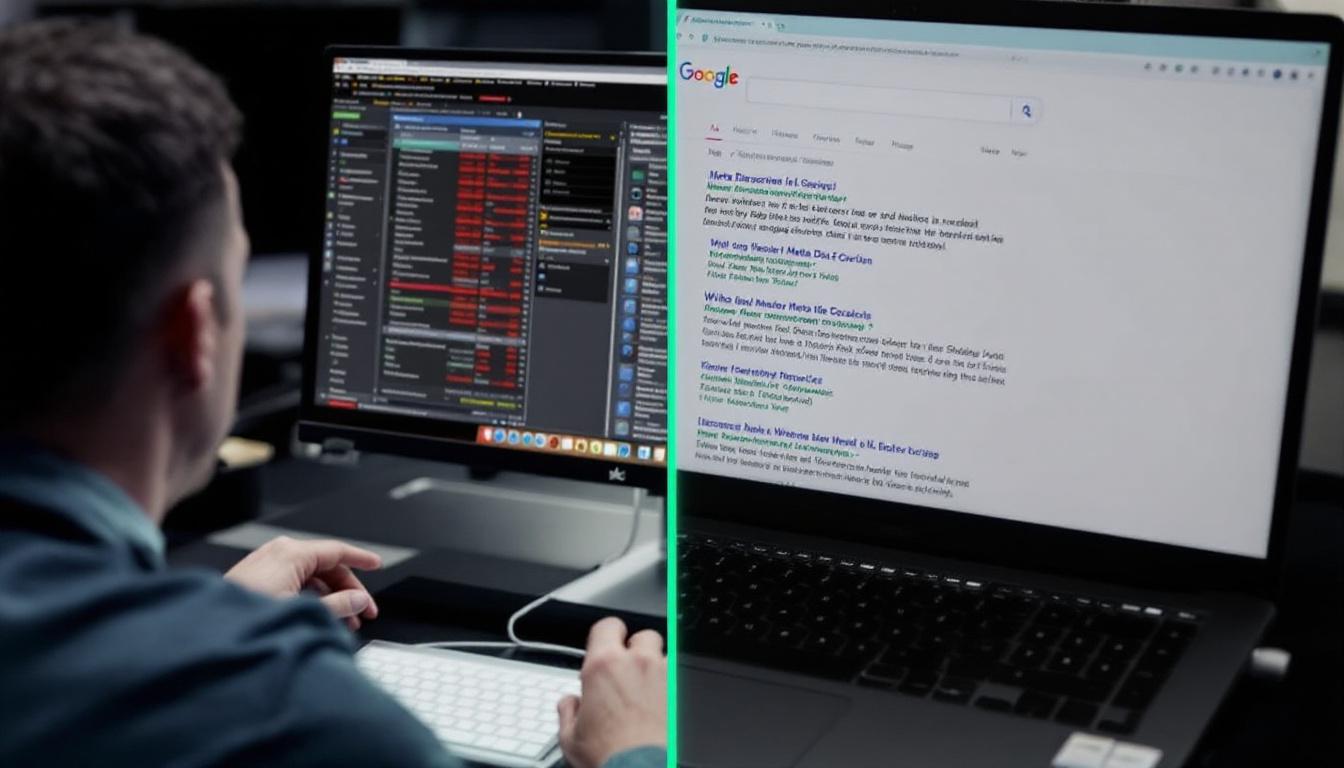With the expanding array of AI models on the market, selecting the right one can be daunting.
LinkWhisper
The ultimate internal linking plugin for WordPress that can elevate your on-page SEO. Recognized as the finest in the field. Simple to install with powerful features.
A recent analysis from Quora’s Poe highlights the most utilized tools for generating text, images, and videos, providing clarity for users seeking the best options.
Text Generation Trends
The study reveals shifting preferences and competitive dynamics among top text generation models used by Poe subscribers.
A Two-Way Race
Anthropic and OpenAI are vying closely for dominance in the text generation space.
Data indicates that Anthropic’s models are rapidly gaining ground on OpenAI, especially following the introduction of Claude 3.5 Sonnet.
The usage between these two providers has become nearly balanced, signaling a competitive landscape.
Rapid Adoption of New Releases
Users are quick to embrace the latest updates from their preferred AI brands.
Poe subscribers show a tendency to upgrade to newer versions swiftly, such as transitioning from OpenAI’s GPT-4 to GPT-4o or moving from Claude 3 to Claude 3.5, demonstrating a preference for the most recent advancements.
Emerging Players
New entrants are starting to make their mark in the text generation field.
Models like DeepSeek’s R1 and V3 now account for approximately 7% of Poe’s text-related messages.
Although Google’s Gemini family has experienced a slight decrease in usage, it still holds a significant position among subscribers.
Image Generation Trends
The landscape of image generation has evolved with shifts in market leadership and the rise of new models.
Market Share of Early Movers
Initial leaders in image generation have seen a substantial decline in their dominance.
Once at the forefront, DALL-E-3 and StableDiffusion have experienced an approximately 80% drop in their market share.
This decline coincides with the expansion of available image generation models from three to around 25.
Leading Models
New leaders have emerged, taking the lead in image generation technologies.
Currently, the FLUX family from BlackForestLabs leads the market with nearly a 40% share, while Google’s Imagen3 family holds around 30%, maintaining a strong presence in the industry.
Smaller Models
Niche providers continue to sustain a dedicated user base through frequent updates.
Smaller image generation models like Playground and Ideogram regularly enhance their services, helping them retain loyal users.
Despite their efforts, they represent only about 10% of Poe’s image generation usage.
Video Generation Trends
Video generation is rapidly gaining traction, with several new models entering the market.
An Emerging Industry
Video generation capabilities have expanded significantly in a short period.
Prior to late 2024, video generation on Poe was minimal. However, it has swiftly grown, now featuring at least eight different providers offering various video creation tools.
Runway: Most Used Model
Runway remains a popular choice among users despite rising competition.
Runway’s sole video model manages between 30–50% of video generation requests. Although its share has decreased from previous levels, it continues to be a favored option for many users.
New Player: Veo-2
New models are quickly capturing significant portions of the video generation market.
Since its introduction on Poe, Google’s Veo-2 has secured roughly 40% of the video generation market.
Additionally, newcomers like Kling-Pro v1.5, Hailuo-AI, HunyuanVideo, and Wan-2.1 have collectively garnered about 15% of the market share.
The Bottom Line
The analysis highlights a clear trend of newer AI models supplanting older ones as user preferences evolve.
For optimal performance, adopting the latest versions is advisable over sticking with established yet outdated models.
While current usage patterns indicate a dynamic and rapidly changing AI landscape, future reports from Poe aim to further elucidate how various models align with different tasks and budget considerations.







